Sexual violence in LGB+ persons : results from the UN-MENAMAIS study in Belgium
Auteurs & affiliatie
Lotte De Schrijver, Lisa Fomenko, Erick Janssen, Barbara Krahé, Joz Motmans, Tom Vander Beken, Kristien Roelens, Ines Keygnaert
Abstract
Individuals identifying as lesbian, gay, bisexual, pansexual, omnisexual, queer, questioning, fluid, asexual, or with another sexual orientation (LGB+ persons) are more at risk of sexual victimization (SV) than heterosexual persons, yet reliable representative prevalence data are scarce. SV can have long-lasting negative effects on well-being and physical, mental, sexual and reproductive health. Otheringbased stress [OBS] – resulting from sexual orientation and gender identity related stigma, prejudice, and discrimination – could be a possible mediator for increased vulnerability for SV and its consequences in LGB+ persons. This study estimates the prevalence of SV in LGB+ and heterosexual persons in Belgium, explores the role of sexual minority identification and experiencing othering-based stress (OBS) in SV vulnerability, examines the gender and relationship to the victim of assailants, and the risk markers associated with LGB+ SV. Further, it examines the impact of SV on LGB+ victims and their help-seeking behaviours upon victimisation. Using a mixed-methods explanatory sequential design, this study collected nationally representative data from 4,632 individuals via an online survey which included measures of sexual victimization, its consequences and subsequent help-seeking behaviour. In addition, qualitative data was collected from 40 LGB+ victims through in-depth interviews. LGB+ persons experienced more SV and reported being victimized by a stranger twice as often compared to heterosexual persons. One in five LGB+ persons had been victimized by a female assailant. LGB+ identification as well as sociodemographic, mental health, and coping variables all served as SV risk markers. Sexual minority status and OBS were neither risk markers or moderators. Further, LGB+ victims experienced more negative consequences upon SV than the heterosexual victims, and they reported important barriers for disclosing SV and seeking help from professional services or the police. Yet, sexual minorities did not report more negative consequences following SV than LGB+ persons who did not identify as such, nor did they perceive different barriers to seeking help. LGB+ persons are significantly more vulnerable to SV compared to heterosexual persons in Belgium. This increased vulnerability can partly be explained by common risk markers, although LGB+-identification was a unique risk marker in and by itself. Based on our result, we believe that there is an urgent need for public health measures and sociocultural changes to prevent SV in LGB+ persons and improving care for LGB+ SV victims. Investing in LGB+ inclusive research is crucial to better inform and develop prevention and care strategies respecting LGB+ victims’ characteristics and needs.
Publicatiedatum:
2022
Teamleden:
Link naar publicatie
Bijlages
ISRA2022_program-outline_July16-2022_FINAL.pdf (restricted)Gerelateerde publicaties
Olivier Degomme, Emilie Peeters, Hedwig Deconinck, Alban Ylli, Albana Fico, Gentiana Qirjako, Dorina Ttocaj, Sara De Meyer, Kristien Michielsen, Anna Page, Wina Baeha, Kristi Praptiwi, Miranda van Reeuwijk, Beatriz Manuel, Elin C. Larsson, Carmen Ortiz, Bernardo Vega, Monserrath Jerves, Simukai Shamu, Annemiek Seeuws, Anna Galle, Anne Nobels, Ines Keygnaert, Hazel Barrett, Nina Van Eekert, Tammary Esho, Els Leye, Carles Pericas Escale, Samuel Thuo Kimani, Sofie Thielemans, Dara De Schutter, Remi Moerkerke, Louis De Backer, Viola N. Nyakato, Elizabeth Kemigisha, Wei Hong Zhang, Marleen Temmerman, Lina Hu, Shangchun Wu, Kaiyan Pei, Charlotte Neves de Oliveira, Argyro Chatzinikolaou, Eva Lievens
2022 Barriers and facilitators to cervical cancer screening among under- and neverscreened women in Belgium : a qualitative study on community and healthcare providers’ perspectiveBo Verberckmoes, Elien De Paepe, Janne De Vestele, Heleen Vermandere, Ines Keygnaert, Olivier Degomme
2022 Inhoudelijk eindrapport Opleiding seksueel geweld voor de Family Justice Centers & Ketenaanpak Intrafamiliaal GeweldSaar Baert, Lisa Fomenko, Nele Vaerewijck, Lotte De Schrijver, An-Sofie Van Parys, Ines Keygnaert

